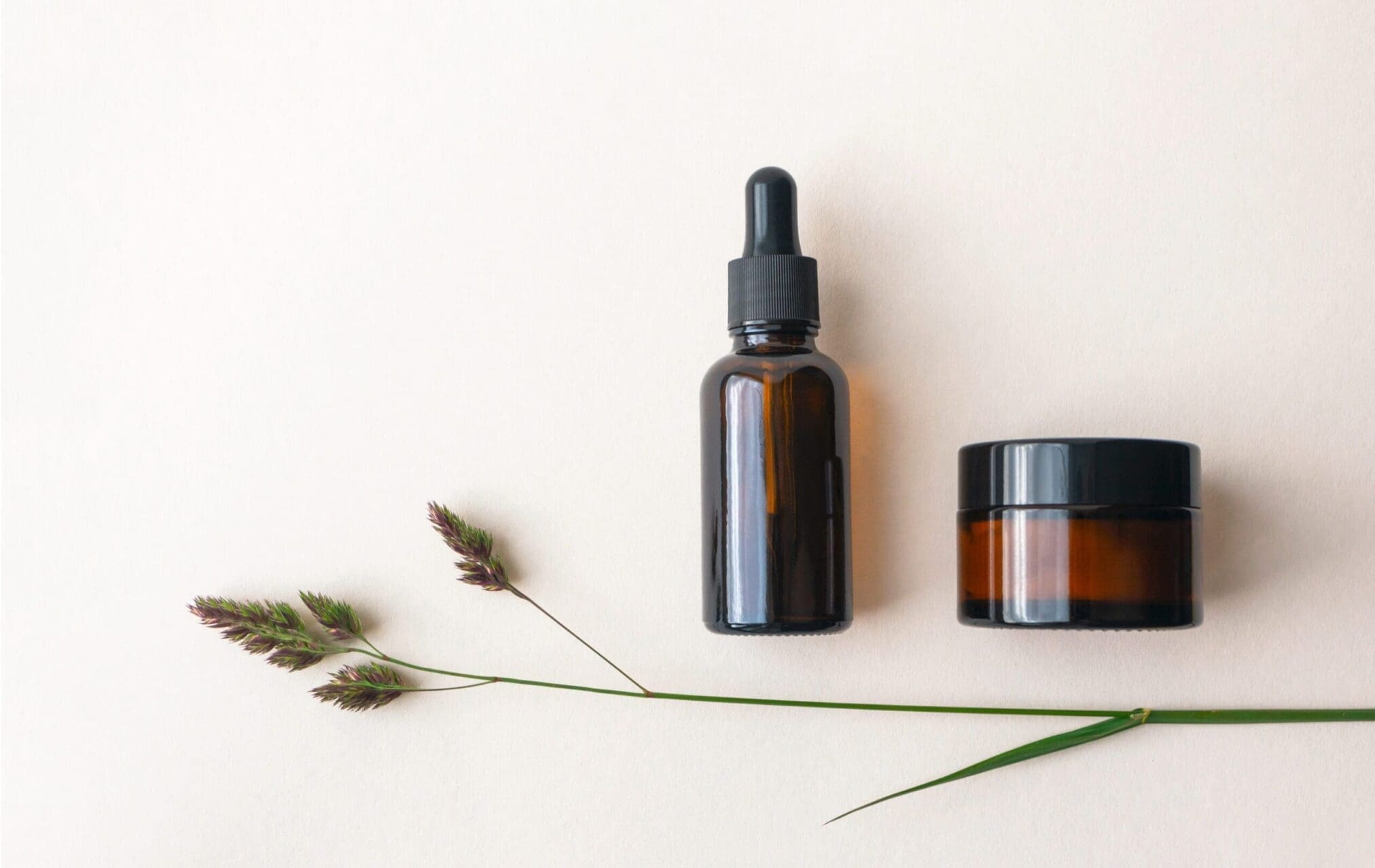Several Opinions were recently issued by the Expert Committees in regard to the use of fragrances in cosmetic products, as serious concerns were raised over their allergenic potential.
Major changes
In 2012 the Scientific Committee on Consumers Safety (SCCS) concluded that Hydroxyisohexyl 3-Cyclohexene Carboxaldehyde (HICC, also known as Lyral), Atranol and Chloroatranol should not be used in cosmetic products due to their allergy-causing potential.
The Regulation (EU) 2017/1410, published on 2nd August 2017, amending the Regulation 1223/2009/EC, prohibited the use of these allergens in all cosmetic products due to their potential risks to human health.
The Regulation will apply to products to be placed on the EU market as of 23rd August 2019 and for those to be made available to the EU consumers as of 23rd August 2021.
Why is the use of these ingredients being prohibited?
Hydroxyisohexyl 3-Cyclohexene Carboxaldehyde (HICC, Lyral), Atranol and Chloroatranol are the fragrance ingredientswith the highest contact allergy causing potential allergies. Among these, Hydroxyisohexyl 3-Cyclohexene Carboxaldehyde is by far the most commonly found in cosmetic fragrances.
The Regulation change has been pending for a long time – the delay was caused by the perfumery industry’s difficulties in adapting. The fragrance reformulation is a lengthy and complex process and the concerns about the change of the olfactory proprieties of fragrances reflected in a longer than usual product adjustment period given to the industry.
What changes do manufacturers have to make?
- Make sure that the fragrances provided by your fragrance supplier do not contain Lyral / HICC / Hydroxyisohexyl 3-Cyclohexene Carboxaldehyde, Atranol or Chloroatranol
- Reformulate cosmetic products, removing Hydroxyisohexyl 3-Cyclohexene Carboxaldehyde, Atranol or Chloroatranol, which can be achieved simply by replacing the fragrances which include these allergens by others which do not contain them. It is possible for the fragrance industry to remove these allergens from a fragrance without changing its relevant proprieties!
Conclusion
In the EU, cosmetic ingredients are constantly under review of the Scientific Committee on Consumer Safety (SCCS) and the Competent Authorities. The aim is to assess their safety and establish restrictions for the protection of human health.
Fragrance allergens have recently been put on the spot and will remain there in the near future. Manufacturers have to be aware of the importance of reducing the allergy causing potential of their products. Cosmetics manufacturers and their Responsible Person should closely follow the updates from the SCCS and the amendments to the relevant Regulations to take the right steps towards ensuring compliance of their products on the EU market.
Obelis is your regulatory advisor – please do not hesitate and contact us whether you have any questions or inquiries regarding the consequences of the legislation change in your cosmetic products.


